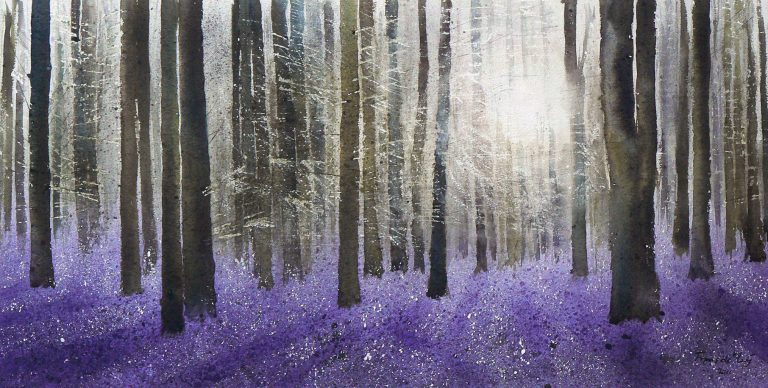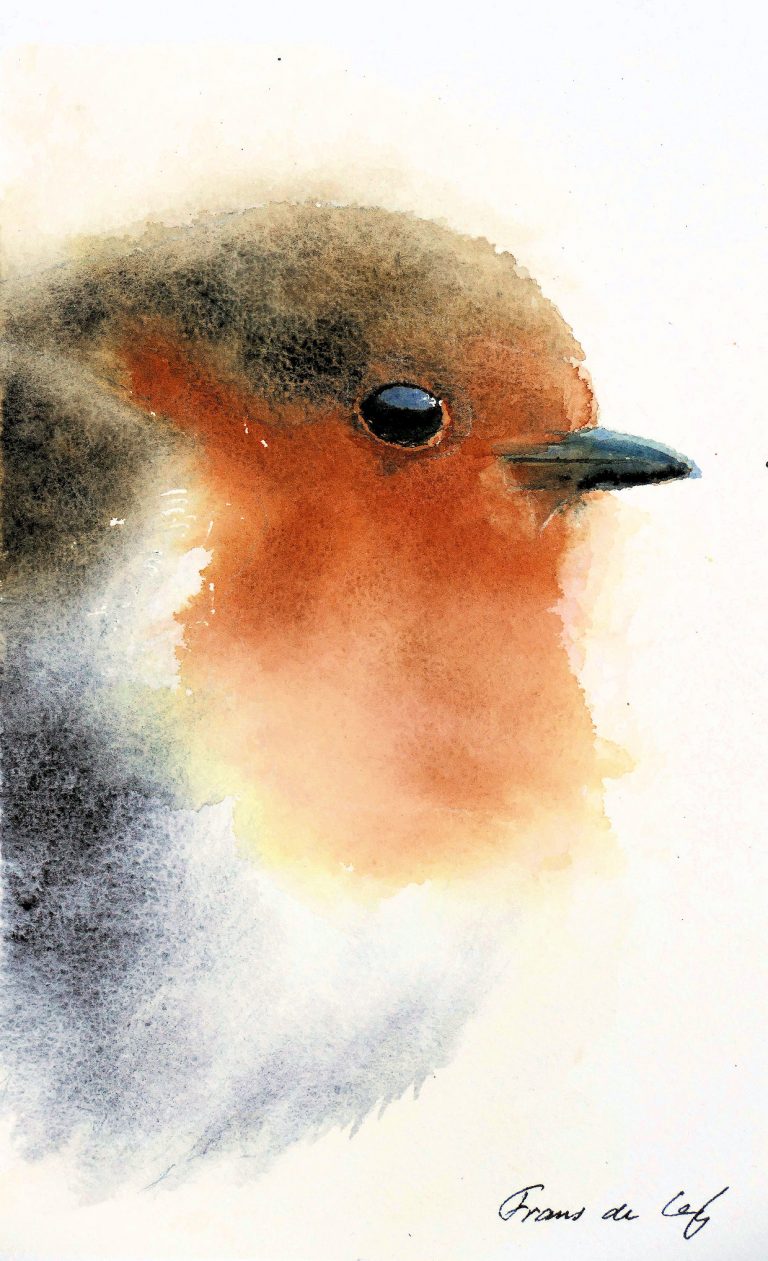Frans de Leij

Frans de Leij
Watercolour Artist

I studied Ecology at the University of Wageningen (the Netherlands) and for the most part of my life I have been studying soils and the creatures that live in them. Despite my fascination with the muddy world of worms and other soil organisms, my paintings are motivated by light. Furthermore, as an ecologist, I have always been fascinated by the interactions between life-forms that underpin all life on this planet. This fascination with life itself also motivates my paintings where the aim remains to (re)connect the viewer with ‘life’.
Although I am a self-taught artist, I get a lot of inspiration from other watercolour artists, notably Edward Seago, John Jardley, Edward Wesson, Nina Engle and Trevor Chamberlain. The work of these painters breathes an air of freshness and directness that makes good watercolour paintings so attractive and is almost impossible to achieve with other, more opaque, painting media.
In 2006 I became a member of the Sussex Watercolour Society. I am also a member of the ‘Attic Art Club‘ and my work is on permanent display at the Montague Gallery in Worthing.
The beauty of
Watercolour

I believe that what makes a painting into ‘Art’ is determined by an artist’s interpretation of a particular subject and the use of specific techniques to achieve a unique solution that does justice to the artist’s vision. Each painting is therefore a challenge that requires an experimental approach to achieve a convincing expression of a subject’s complex shapes, textures and colour vibrancy.
I am particularly attracted to painting in watercolour, especially the use of ‘wet into wet’ techniques where wet paint is flooded onto a wet surface. This technique provides an endless source of effects that are determined by how different mixtures of paint interact with the water, gravity and the surface texture of the watercolour paper. To introduce even more ‘surprising effects’, I like to apply the paint either with a large brush or spatter it on with a toothbrush. Only at the later stages of the painting process detail is added to ensure that the viewer interprets the subject correctly.
Once I have started applying the paint to the paper, the artistic process consists of responding to what is happening on the paper and steering the process into a direction that will hopefully result in a painting that is fresh and interesting. The good thing about watercolour is that the paint, water and paper do most of the work, giving effects that are often beautiful and unique. For me, creating a watercolour painting is therefore more a process of ‘allowing’ rather than ‘doing’.